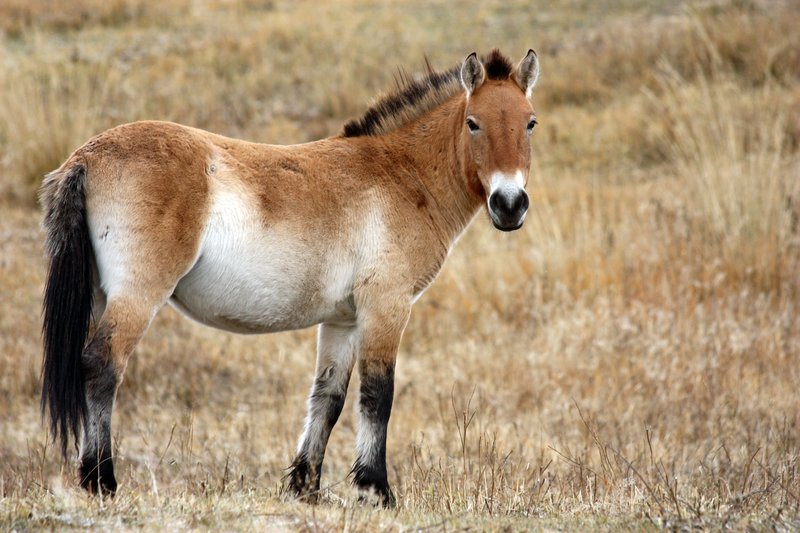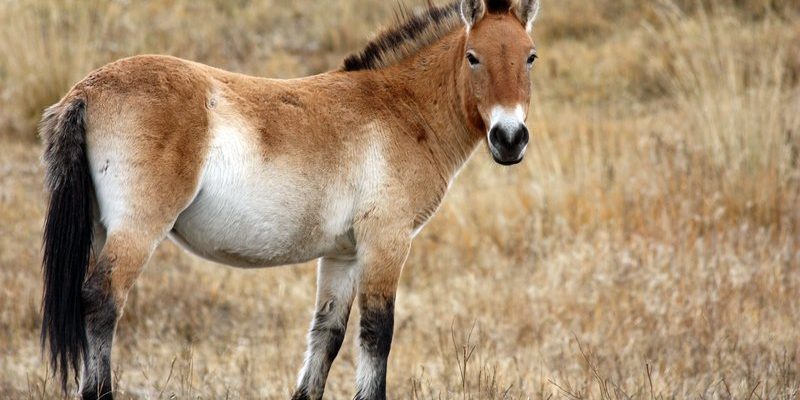
Diving into the world of the Przewalski’s horse reveals its significance in cultural narratives, art, and even ancient legends. Many people might not realize how intertwined this majestic animal is with human storytelling and tradition. So, let’s explore how the Przewalski’s horse has galloped its way into cultural representation and folklore, and what it means to those who celebrate it.
The Origin of Przewalski’s Horse in Folklore
To understand how the Przewalski’s horse fits into different cultures, we should first look at its origins. This horse is named after the Russian explorer Nikolai Przewalski, who studied its behavior in the late 19th century. But long before that, the Przewalski’s horse was part of the narratives and legends of the Mongolian people. They viewed it as a symbol of strength and freedom, reflecting the wild landscapes it inhabited.
In many Mongolian tales, the Przewalski’s horse is not just an animal; it embodies the spirit of the land. You’ll find stories where these wild horses are depicted as guardians of nature, protecting the balance of life in the vast steppe. Such narratives highlight the horse’s wildness and its deep connection to the nomadic lifestyle many Mongolians led, where horses were indispensable companions.
Additionally, legends often portray the Przewalski’s horse as a guide for lost souls or a harbinger of good fortune. These horses were believed to have the ability to lead their riders safely through treacherous landscapes, symbolizing hope and guidance. Such symbolism is essential in cultures where nature plays a crucial role in day-to-day existence.
Przewalski’s Horse in Art and Literature
The allure of the Przewalski’s horse has inspired countless artists and writers throughout history. From intricate paintings to poetry, this horse has made its mark in various art forms. Artists often depict the Przewalski’s horse as a powerful creature, embodying untamed beauty in the heart of wild landscapes.
For instance, traditional Mongolian art frequently features this horse, showcasing its majestic presence against the backdrop of rolling hills and open skies. Artists capture not just the physical traits of the horse but also its essence—its strength, independence, and connection to the land. Such representations resonate deeply with viewers, transporting them to the vast steppes of Mongolia.
In literature, the Przewalski’s horse appears as a symbol of adventure and wildness. Authors use its story to highlight themes of survival, resilience, and the importance of preserving the natural world. The horse serves as a reminder of humankind’s connection to nature, urging readers to appreciate and protect the beauty of wildlife.
The Role of Przewalski’s Horse in Modern Culture
Even in our fast-paced modern world, the Przewalski’s horse holds significance and continues to inspire awe. Conservation efforts to protect this endangered species have made headlines, reminding us of the importance of biodiversity. Many wildlife organizations work tirelessly to ensure its survival, and this has led to a renewed interest and appreciation for the horse in contemporary culture.
Moreover, the Przewalski’s horse represents a success story in conservation. After facing near extinction, efforts to breed them in captivity and reintroduce them into the wild have proven effective. This revival has inspired a sense of pride among locals and sparked global interest in wildlife conservation, making the horse a symbol of hope for endangered species everywhere.
You can also see the Przewalski’s horse making its way into popular culture. Documentaries, wildlife shows, and even children’s books celebrate its story, educating new generations about the importance of protecting nature. With each new story told, the legacy of the Przewalski’s horse strengthens, ensuring its place both in the wild and in our imaginations.
Mythology and Spiritual Significance
In various cultures, the Przewalski’s horse carries rich spiritual significance. Among the Mongols, it is often associated with spiritual guides or shamans. The horse is believed to have mystical powers, connecting the physical world to the spiritual realm. Such beliefs reflect a deep-seated respect for the natural world and its creatures.
Additionally, some stories depict the Przewalski’s horse as a creature that can traverse between worlds, serving as a bridge between the living and spirits. This enhances the horse’s status and highlights its importance in local folklore, where it is seen as a protector and keeper of ancient wisdom.
These spiritual connections demonstrate the profound impact the Przewalski’s horse has on cultural identity and beliefs. Its representation in mythology offers insights into how ancient civilizations viewed nature and its creatures, often attributing them with consciousness and purpose.
Conservation Efforts and Cultural Heritage
Conservation efforts surrounding the Przewalski’s horse not only aim to protect the species but also help preserve cultural heritage. Many communities in Mongolia rely on the horse’s existence for their culture, traditions, and livelihoods. The survival of this horse isn’t merely about saving an endangered species; it’s about maintaining a way of life and honoring the deep connections between people and nature.
Moreover, initiatives that promote ecotourism help spread awareness about the importance of this horse and its habitat. Tourists flock to see these magnificent creatures in their natural environment. This not only generates income for local communities but also fosters a sense of pride in cultural heritage, as locals share stories and traditions tied to the Przewalski’s horse.
By involving communities in conservation, the narrative surrounding the Przewalski’s horse continues to evolve. It encourages a new generation to appreciate and advocate for biodiversity, ensuring that the horse will not only be part of folklore but also part of a vibrant, living culture.
As we’ve explored, the Przewalski’s horse is so much more than just a unique animal; it’s a symbol woven deeply into the fabric of various cultures and folklore. From its mythical origins in the steppes of Mongolia to its modern-day conservation success, this horse embodies resilience, beauty, and the need to protect our natural world.
Its representation in art, literature, and spiritual beliefs highlights how interconnected we are with nature. The stories we share about the Przewalski’s horse remind us of our responsibility to care for wildlife and preserve the rich cultural narratives that celebrate it.
Ultimately, the Przewalski’s horse isn’t just a warm-blooded creature galloping across the steppes; it’s a living testament to the power of culture, conservation, and our shared connection to this incredible planet.

